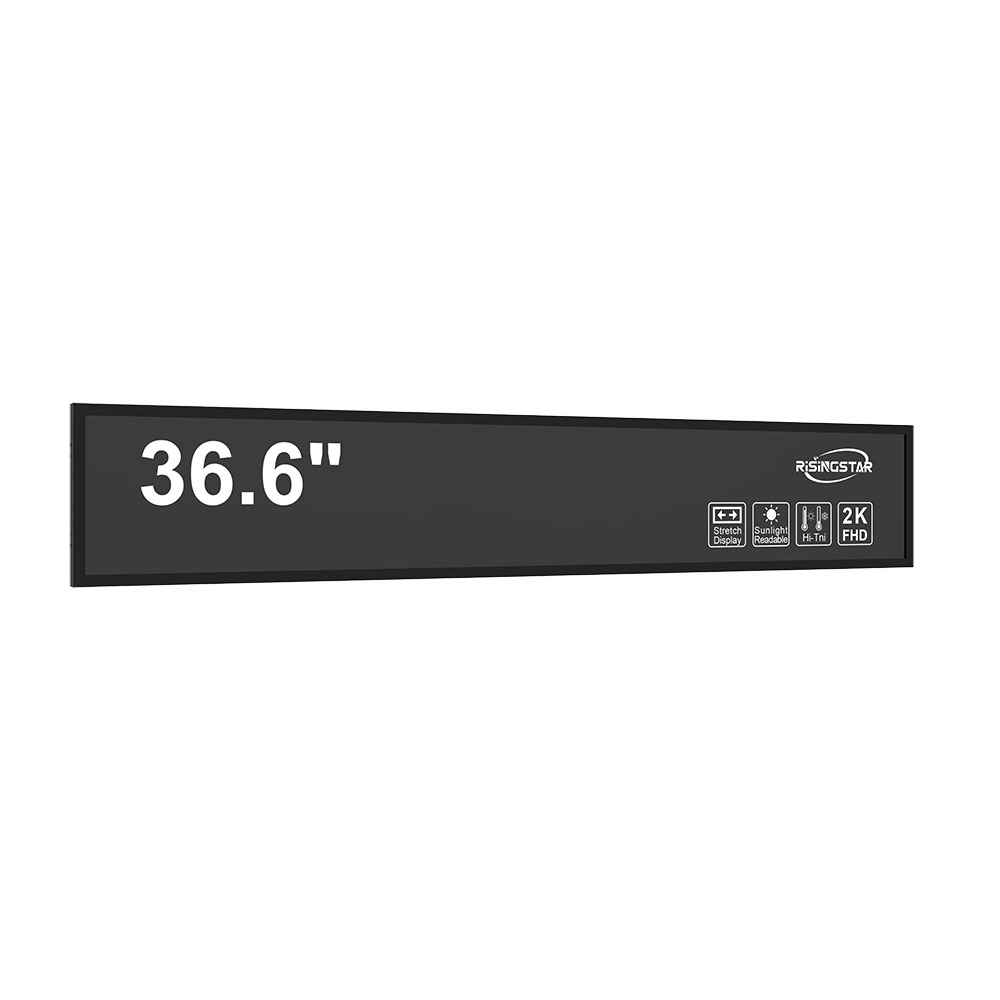- Home
- About Us
- Products
- News
- Video
- Contact
- Send Inquiry
Search
- Home
- About Us
- Products
- News
- Video
- Contact
- Send Inquiry

In Plane Switching (IPS) technology is a type of liquid crystal display (LCD) panel that has become widely adopted in high-end monitors, smartphones, tablets, and professional displays due to its superior color accuracy, wide viewing angles, and consistent image quality. Unlike older TN (Twisted Nematic) panels, which suffer from poor off-axis color shifts and limited viewing angles, IPS panels align the liquid crystals parallel to the plane of the glass substrate—hence the name "in-plane switching." This design allows for more precise control over light transmission, resulting in enhanced visual performance under various lighting conditions, including direct sunlight.
The core principle of IPS lies in how it manipulates the alignment of liquid crystal molecules. In traditional TN panels, the molecules twist vertically when voltage is applied, blocking or allowing light to pass through. In contrast, IPS uses two electrodes on the same side of the liquid crystal layer to create an electric field that shifts the molecules horizontally within the plane of the display. This horizontal movement provides greater control over pixel brightness and color, minimizing the distortion that occurs when viewing the screen from an angle.

One of the key advantages of IPS technology is its wide viewing angles—typically up to 178° both horizontally and vertically—which makes it ideal for collaborative environments such as office workstations, digital signage, and outdoor applications. For example, military-grade ruggedized displays used in aircraft cockpits and ground vehicles often employ IPS panels because they maintain clarity even under extreme angles or bright ambient light conditions. According to a 2023 report by Display Supply Chain Consultants (DSCC), over 65% of premium smartphone displays now use IPS-based panels, reflecting strong industry adoption driven by consumer demand for accurate color reproduction.

Color fidelity is another area where IPS excels. With advanced calibration techniques and factory-matched color gamuts (often covering 99% of the sRGB spectrum and sometimes exceeding 95% of Adobe RGB), IPS screens are preferred in graphic design, photography, and medical imaging. A case study published in IEEE Transactions on Consumer Electronics (2022) demonstrated that IPS panels used in hospital diagnostic monitors provided significantly better contrast consistency across multiple viewing angles compared to TN counterparts, reducing diagnostic errors caused by misinterpretation of grayscale tones.

While early IPS panels had slower response times and higher power consumption than TN variants, modern advancements have mitigated these drawbacks. High-refresh-rate IPS displays (up to 240Hz) with sub-5ms response times are now common in gaming monitors, making them competitive with TN panels while retaining superior image quality. Additionally, innovations like e-IPS (enhanced IPS) and H-IPS (Horizontal IPS) further optimize brightness uniformity and reduce motion blur, particularly important for video editing and fast-paced content consumption.
From a manufacturing standpoint, IPS panels are produced using advanced photolithography and thin-film transistor (TFT) processes, ensuring precision in electrode placement and pixel density. Industry standards such as ISO 13406-2 for display performance and MIL-STD-810G for environmental resilience guide the production of industrial-grade IPS screens. These standards ensure reliability in harsh environments—from desert heat to arctic cold—making IPS a go-to choice for aviation, defense, and transportation sectors.
In summary, In Plane Switching (IPS) technology represents a major leap forward in LCD innovation, offering unmatched color accuracy, wide viewing angles, and robust performance in challenging lighting conditions. Its widespread adoption across consumer electronics, professional tools, and mission-critical systems underscores its value as a trusted standard for high-brightness, sunlight-readable displays worldwide.